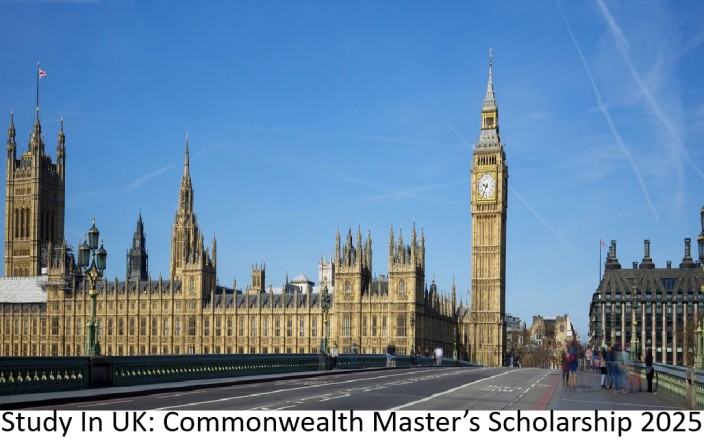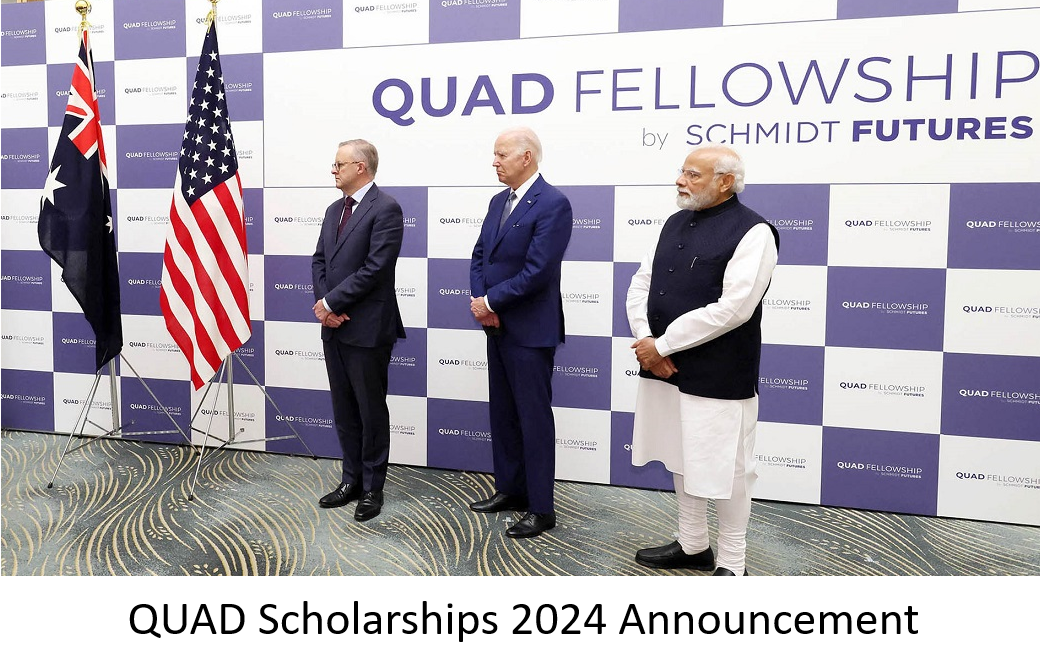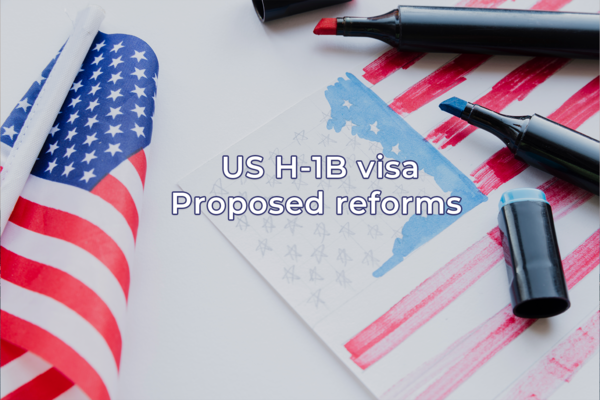Table of Contents
An overview
In recent years, there has been a remarkable surge in the number of Mumbai University students pursuing higher education abroad. From a mere 6,300 students in 2014-15, this figure skyrocketed to 12,910 in 2022-23, marking a staggering 100% increase over nine years. So, what are the factors driving this trend, and what does it signify?
Understanding the Driving Forces
Several factors contribute to this significant rise in Mumbai University students opting for international higher education. Experts attribute this trend to escalating aspirations, particularly among students from tier-II and tier-III cities. Additionally, easy access to information and the availability of various financing options have made pursuing education abroad increasingly feasible for students and their families.
Unveiling Key Trends and Influences

Analyzing data from the university’s department of students’ development reveals two significant spikes in the past nine years. The first occurred in 2018-19, possibly due to changes in visa policies in popular study-abroad destinations. The backlog of students whose plans the pandemic postponed likely caused the second spike observed in 2021-22. Nationally, the trend mirrors this increase, with a 68% rise in students going abroad for studies in 2022, as reported in Lok Sabha data.
Expanding Horizons and Diversifying Destinations
Mumbai University Vice-Chancellor Ravindra Kulkarni highlights the expanding array of study-abroad destinations for Indian students. Countries like Germany, Japan, Australia, and New Zealand, among others, are now increasingly attracting students previously dominated by the US, Canada, and the UK. Foreign universities fuel this diversification by offering scholarships to attract high-quality students.
Navigating Changing Dynamics and Future Prospects
While the trend reflects a growing interest in international education, there are apprehensions regarding potential future declines. Educational leaders like Principal Krutika Desai of Mithibai College voiced concerns over changes in post-study work visa regulations and the need for domestic higher education to match global standards. Nevertheless, easy access to information, availability of student loans, and efforts by foreign universities to tap into the Indian market continue to drive aspirations.
Shaping Future Trajectories
The surge in Mumbai University students pursuing higher education abroad signifies a shifting landscape in educational aspirations and opportunities. As students seek diverse experiences and global exposure, and with the Indian economy on the rise, the allure of international education is expected to persist. However, navigating evolving visa policies and ensuring the competitiveness of domestic higher education remain critical considerations for stakeholders in shaping future trajectories.






